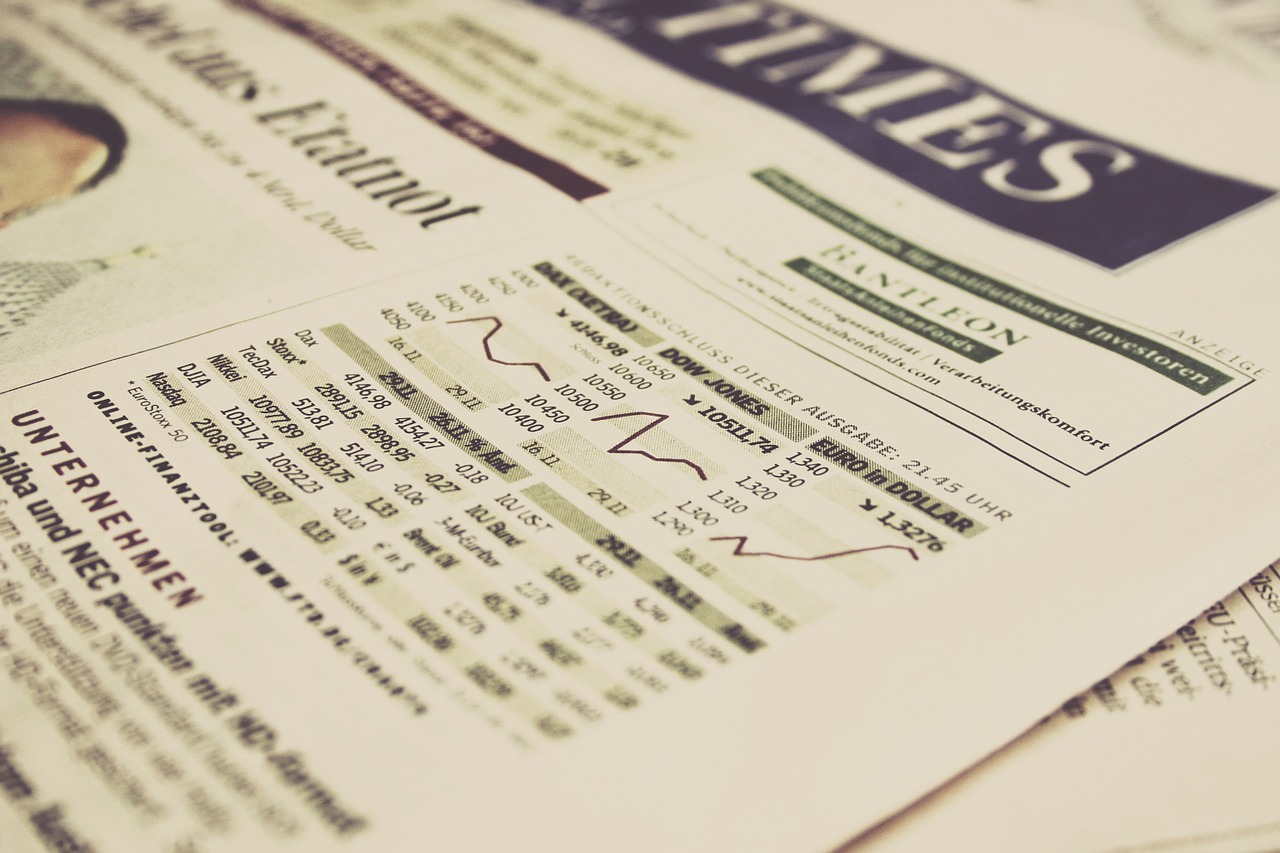Indexing Alternatives to Survive Brexit
by Jodie Gunzberg, Global Head, Commodities and Real Assets, S&P Dow Jones Indices
July 6, 2016
Following the vote by UK citizens to officially leave the European Union, the S&P 500 lost 5.3% in 2 days (Jun. 24-27, 2016) before gaining back 4.5% for a total loss 1.1% through July 5. In those two down days, gold posted its best consecutive 2-day gain since Aug. 8-9, 2011. Gold is known as a safe haven and was worth its weight on those fearful days, but on a stand alone basis, it is just as volatile as equities and other commodities. Its 10-year annualized volatility is 19.5%, that is just slightly less than the 20.5% of the S&P 500 and 23.8% of the S&P GSCI. Moreover, gold’s volatility is higher than the equally weighted Dow Jones Commodity Index (DJCI) of 17.9% and the “smart beta” Dow Jones RAFI Commodity Index of 16.4%.
While indexing has evolved to offer concentrated exposures to particular sectors or single commodities so investors can choose to invest or benchmark to a specific niche, many investors still prefer the diversification inside an index. However, just because an index is well-diversified it does not need to be exposed to systematic risk of the S&P 500 or market events like Brexit.
There is a group of well-diversified indices that didn’t just lose less than the S&P 500 or S&P GSCI, but posted gains in the 2-day crisis. The strategic futures index family is designed to represent the global macro and managed futures/Commodity Trading Advisor (CTA) universe by using quantitative methodologies to track the prices of a globally diversified portfolio of commodity, foreign exchange and financial futures contracts. All three flagship indices in the family, the S&P DFI, S&P SFI and S&P SGMI, gained on Jun. 24-27, 2016, 0.8%, 1.0% and 2.2%, respectively.
Not only did these three perform positively through the stock market decline but they held onto their gains for an overall positive return while stocks rebounded. They didn’t rebound as much as the 4.5% gain from the S&P 500 but the S&P SGMI gained 1.8% while the S&P SFI and S&P DFI lost just 10 and 70 basis points. Overall through the 7-day period, when the S&P 500 lost 1.1%, the S&P SGMI gained 4.0%, S&P SFI gained 1.0% and S&P DFI was up 0.1%.

Source: S&P Dow Jones Indices.
These strategies performed exactly how intended with downside protection and less upside for a total return with less volatility and capital preservation. The 10-year annualized volatility of the S&P SFI is just over a quarter of the S&P 500. The S&P SGMI, which is the most volatile of the family is still only about half as volatile as the stock market, and annualized over the past 10 years provided a comparable return of 7.1% versus 7.4% of the S&P 500.

Source: S&P Dow Jones Indices.
It may be surprising that these strategies use commodities, but in a diversified framework like in the S&P Real Assets Index and smarter commodity strategies like in the Dow Jones RAFI Commodity Index, the strategic futures that go beyond just commodities can provide an attractive hedge to stock market volatility without the high concentration risk of sectors or single commodities.
This article is a publication of S&P Dow Jones Indices LLC. © S&P Dow Jones Indices LLC 2016. S&P® is a registered trademark of S&P Financial Services LLC. Dow Jones® is a registered trademark of Dow Jones Trademark Holdings LLC. S&P Dow Jones Indices LLC is not an investment advisor. This publication is not a recommendation by S&P Dow Jones Indices to buy, sell, or hold a security, nor is it considered to be investment advice.
Copyright © S&P Dow Jones Indices
















